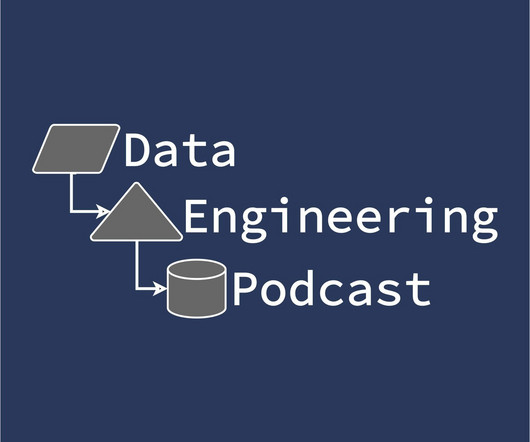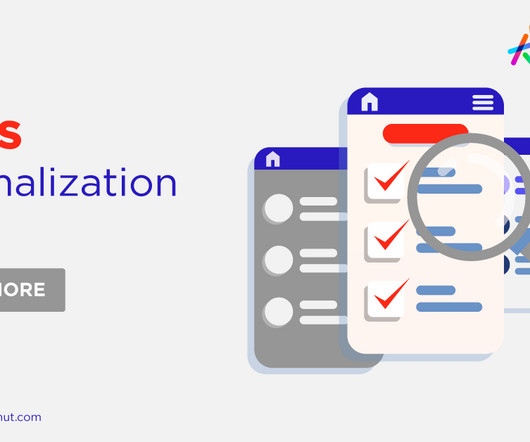Find Out About The Technology Behind The Latest PFAD In Analytical Database Development
Data Engineering Podcast
FEBRUARY 25, 2024
When Paul Dix decided to re-write the InfluxDB engine he found the Apache Arrow ecosystem ready and waiting with useful building blocks to accelerate the process. In this episode he explains how he used the combination of Apache Arrow, Flight, Datafusion, and Parquet to lay the foundation of the newest version of his time-series database.












Let's personalize your content